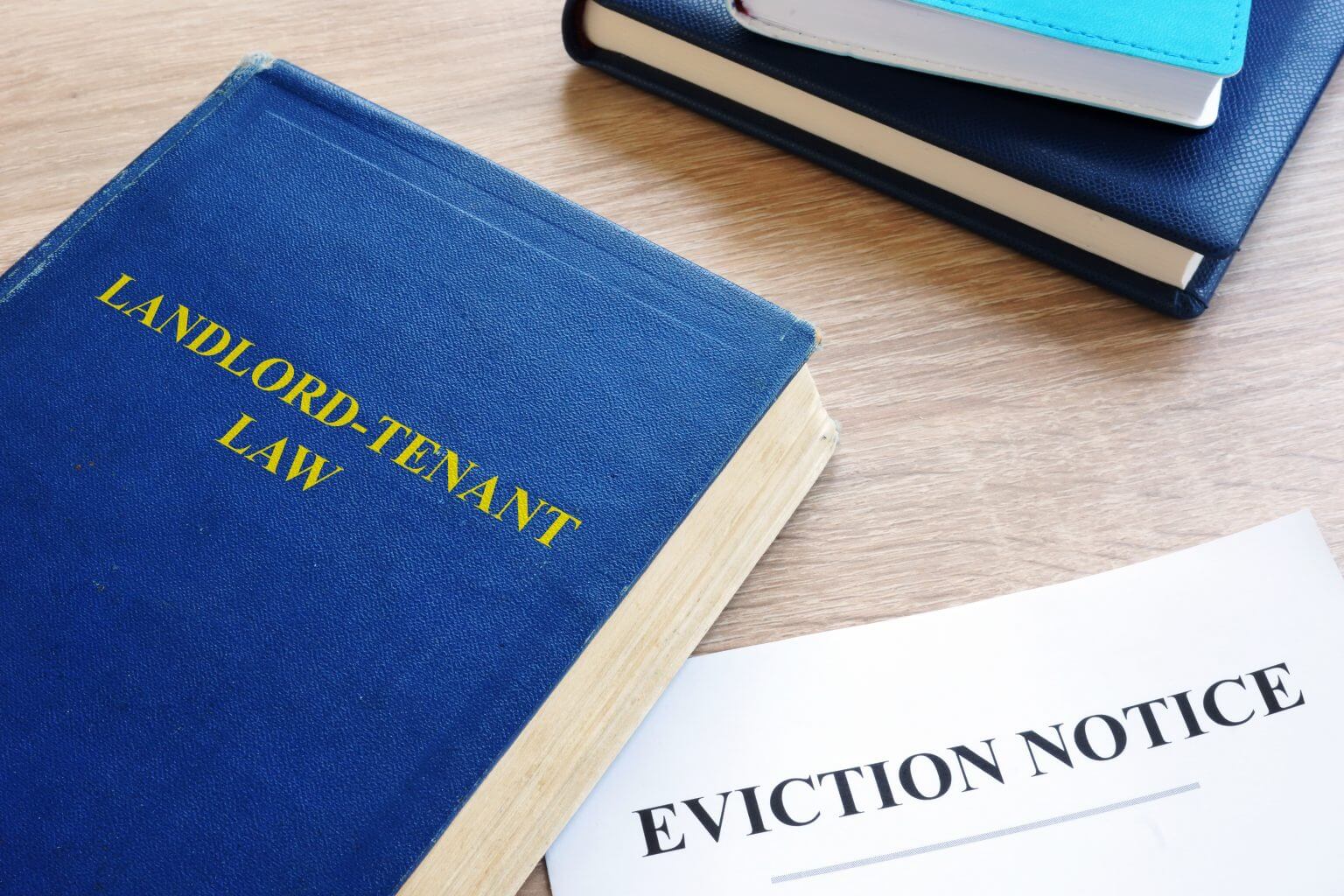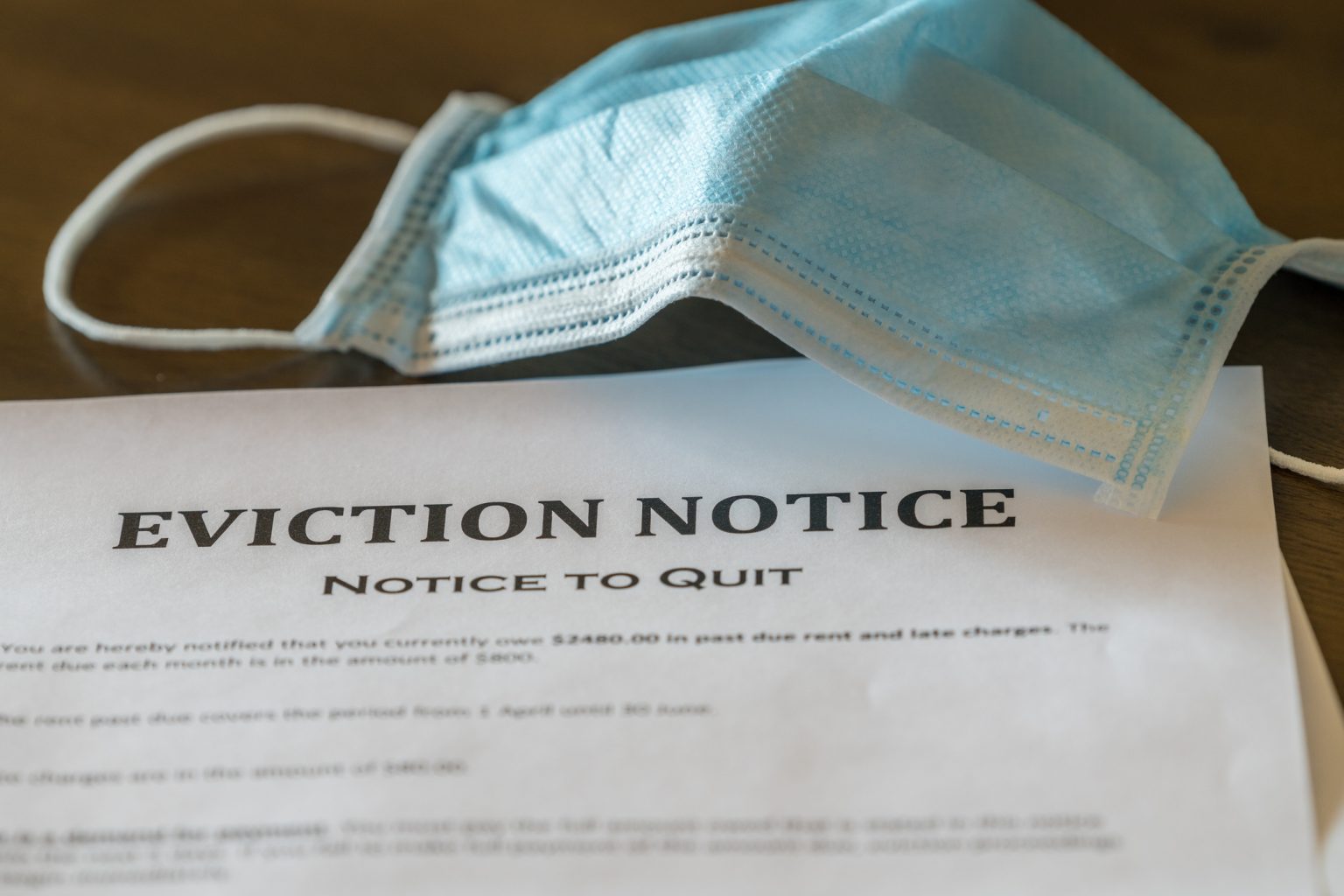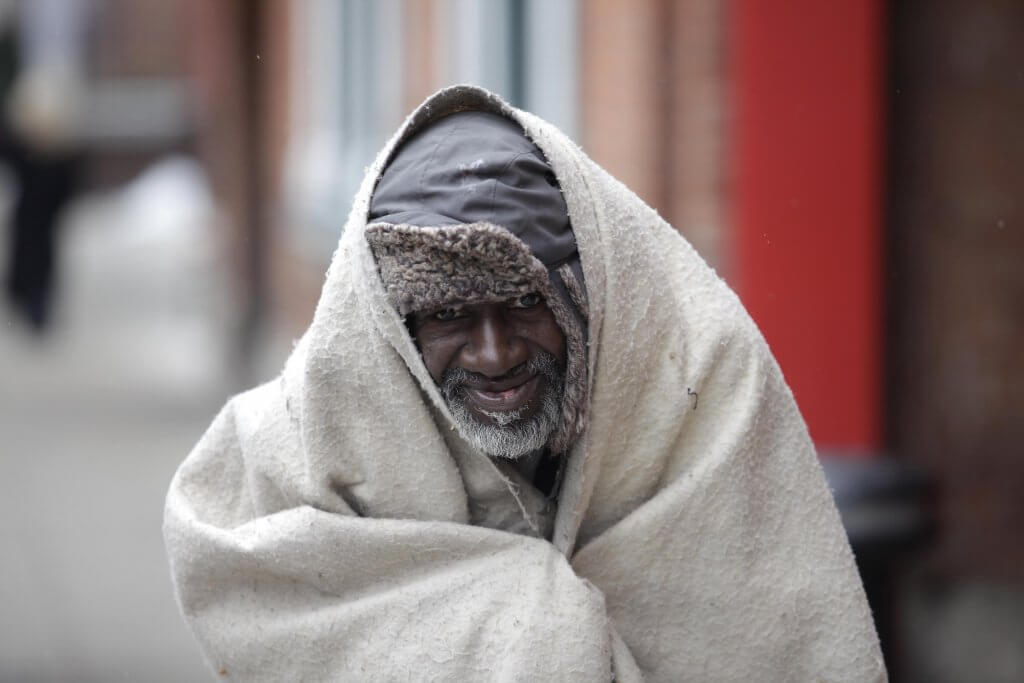Advocates Tell State Lawmakers They Need More Funding to Help the Homeless

Maryland housing advocates say they have seen a huge uptick in people asking for assistance for evictions since the COVID-19 pandemic hit and need more financial assistance to help tenants.
“By the end of August of this year…our request for assistance for eviction prevention has gone up 1,667%, and that is not a typo,” Carol Ott, the tenant advocacy director of Fair Housing Action Center of Maryland, told state lawmakers during a Wednesday briefing on homelessness. “I wish it was.”
Half of all those seeking assistance have at least one child at home and 69% are women, most of them single mothers. This problem is exacerbated by the fact that there are only three available affordable rental units for every 10 Maryland families that need them, according to United Way of Maryland.
There are also various loopholes in the national eviction moratorium, such as management companies strategically not renewing leases so that tenants have less protection than they do in the case of failing to pay, Ott said.
“I’m a big believer in housing being the main core, sort of touchstone of our lives, and when your housing is unstable, everything else is like dominos. Everything else just starts to fall off too,” she said.
The Maryland Multi-Housing Association, an industry group, found that delinquency rates, or the percentage of loans that are past due, decreased by 10% from mid-month to the end of the month. This means that delinquencies are happening at a high level, but residents are still paying their rent throughout the month, said Aaron Greenfield, the director of government affairs for Maryland Multi-Housing Association.
Homelessness also remains a risk for Maryland youths in foster care, advocates said. There are 335 people in foster care who are turning 21 this year and the state is extending their stay in the program through Dec. 31. Only 39 have opted out, according to the Maryland Department of Human Services.
One impending blind spot for vulnerable tenants is large back-rents, or rent that is owed from an earlier date, said Scott Gottbreht, the associate vice president of homeless services for United Way of Central Maryland. Some jurisdictions are proposing to offer relocation assistance for moving costs and first month’s rent to those who are past due for six months, but that is not recommended, Gottbreht emphasized.
Relocation may be cheaper than eviction prevention, but it often sends families “tumbling to a cascade of instability in all other areas of their lives,” Gottbreht said. For every move, children fall three months behind in school. And these back-rents don’t disappear when families relocate, often leading to high amounts of debt that make it difficult to find stable housing in the future.
Blanket eviction moratoriums without proper assistance “only [kick] the can down the road for eviction,” Greenfield said. It is unfair and unrealistic to think that residents can pay back thousands of dollars in back-owed rent when a moratorium ends, he continued.
Another blind spot comes from the fact that many residents don’t have the documentation that shows their loss of income due to COVID-19, either because they were in between jobs when the crisis emerged or they were working in the informal economy. This issue has not been properly addressed by legislation, Gottbreht said.
Furthermore, people can only become eligible for Coordinate Access Navigators, or service providers from the Baltimore City Mayor’s Office of Homeless Services who are trained to assist people experiencing homelessness, if they can prove six months of homelessness, said Kimberly Carroll, the case management coordinator for Health Care of the Homeless. But this means that people experiencing street homelessness must have someone who has observed them living on the streets for half a year in order to qualify for coordinated access navigators.
“That’s inhumane,” Carroll said.
“There is no excuse to tell people you have to wait until your unemployment kicks in when it takes six months for your unemployment to kick in – what happens during that six months. There’s no magic pot of money for these folks,” Ott said.
Placing people in hotels has been one temporary solution for those experiencing homelessness or unstable housing. The Lord Baltimore Hotel, for instance, has become Baltimore’s “isolation site” and has converted four floors for 100 COVID-19 residents.
There are a total of 600 residents living in five hotels in Baltimore City, which is a resource open to everyone, said Elise Gillespie, the lead at Baltimore City’s Isolation Site for the Mayor’s Office. All costs will be reimbursed by the Federal Emergency Management Agency.
Recommendations from advocates
Most recommendations to alleviate homelessness seem to come back to more funding, whether for direct financial assistance to tenants and landlords or increased state funding for homeless prevention and legal services for tenants. It is often the case that landlords show up with an army of lawyers while tenants come with a bag of receipts, Ott said.
Case managers are also critical for helping tenants find workforce opportunities, apply to benefits like food stamps and assist with financial budgeting, Gottbreht said. The problem, however, is that most of the client assistance funds do not include case management staff and administration costs.
“Just like you wouldn’t want to go to a court room without an attorney, so too do you not want to approach the world of social services without a case manager,” he said. It takes hundreds of hours to process applications and facilitate communication between clients and landlords. Not only are the number of caseloads currently bigger, but individuals’ needs are greater as well.
In Baltimore City, there was only one navigator who was responsible for finding shelter placement for homeless clients, which Carroll described as “ridiculous” since there are new clients daily.
And families may need extra hand-holding to build self-sufficiency, which will make it less likely for them to need to come back for rental assistance. “Addressing self-sufficiency requires staff time and staff time requires funding,” Gottbreht said.
Legislation that addresses blind spots, such as what people can do if they cannot prove unemployment from COVID-19 or to minimize chances for homelessness in the future, is also critical, advocates say.
To help prevent a housing crisis from happening again, it is important to have legislation that removes eviction filings against tenants if no evictions took place because those filings can stay on tenants’ record and damage their chances of obtaining safe housing in the future, Ott said.




 Creative Commons Attribution
Creative Commons Attribution